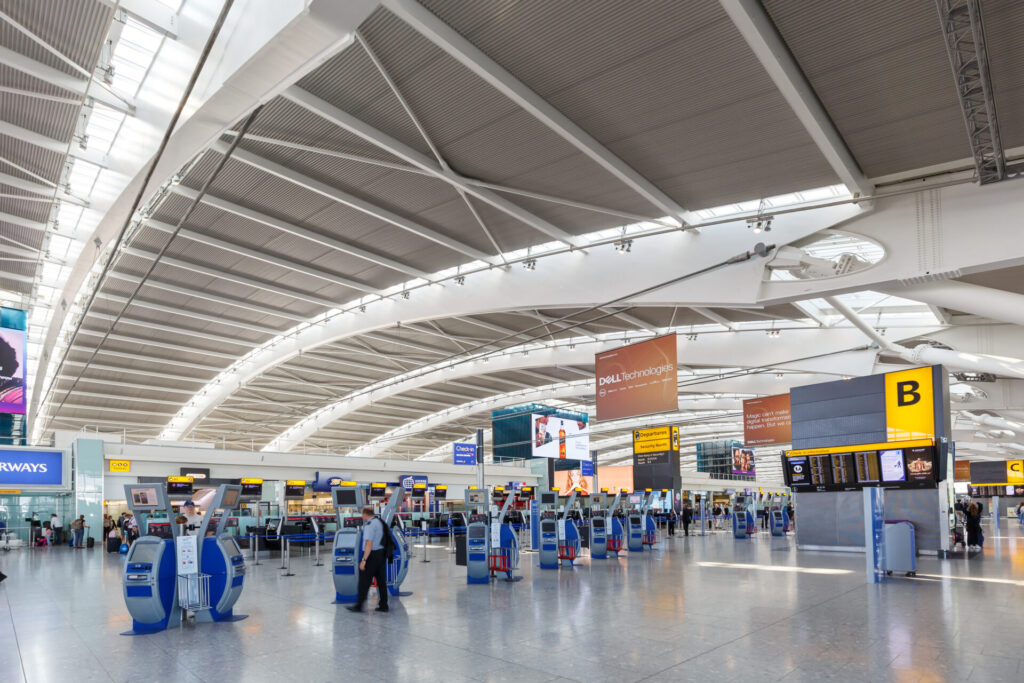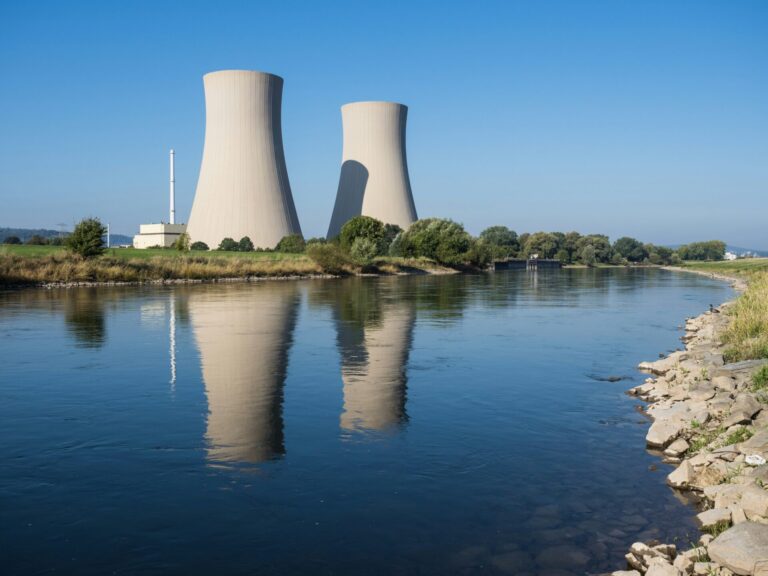When Power Fails at the UK's Busiest Airport
In March 2024, the UK’s largest airport, Heathrow, experienced a serious operational disruption due to a power outage and subsequent fire that grounded flights and threw operations into chaos. Months later, a final report by the National Energy System Operator (NESO) has shed damning light on what really happened involving the national grid. Upon investigation, it is thought that the incident ultimately stemmed from long-standing infrastructure vulnerabilities which had reportedly been known about since 2018.
What Happened: The March Outage and Fire
On 26 March 2024, Heathrow suffered a major power cut that caused chaos across its terminals. What started as a “substation issue” escalated into a fire, grounding flights, halting security checks, and trapping thousands of passengers. While power was eventually restored, the disruption raised serious questions about the resilience of critical infrastructure serving one of the world’s busiest airports.
The outage originated from the North Hyde substation in West London, a site managed by National Grid Electricity Transmission (NGET). The loss of supply affected both Heathrow’s primary and backup connections—an alarming failure in redundancy systems designed to prevent precisely this kind of collapse.
The NESO Report: Moisture Leak and a Known Fault
The final report from NESO, published in July 2025, attributes the disruption to a catastrophic failure of one of the substation’s circuit breakers—caused by a leak into its cable sealing end. This moisture fault led to a short circuit, fire, and widespread electrical loss across the site.
What’s most concerning is that this very vulnerability had been flagged as early as 2018. The NESO report states that “remedial work was discussed multiple times” and that the condition of the equipment was on record. Yet despite years of knowledge, the necessary replacement or safeguarding measures were never completed.

A Systemic Breakdown in Infrastructure Maintenance
The National Grid’s alleged inaction on a known high-risk asset has led to fierce criticism. Industry experts and airport authorities alike are now calling for increased transparency and faster delivery of infrastructure upgrades. Critics have labelled the event a “predictable catastrophe”, a failure of foresight rather than fortune.
Heathrow had reportedly even raised concerns in the years leading up to the failure, including requests for further assurances and grid resilience improvements, calls that seem to have gone ignored.
For an airport that served almost 84 million passengers in 2024, such a failure is more than an inconvenience; it represents a serious safety risk, as well as a national security and economic issue.
Wider Implications for Energy Security and Resilience
This incident has stirred debate around the state of the UK’s ageing energy infrastructure and the speed at which upgrades are being implemented. As climate risks increase and energy demand grows, so does the importance of proactive maintenance, routine audits, and digitalised monitoring.
For corporate energy users, particularly in critical industries like transport, logistics, and healthcare, the Heathrow event should serve as a wake-up call. Infrastructure resilience isn’t just a supplier’s responsibility—it’s a shared priority. Conducting independent risk assessments, verifying continuity plans, and pressing for grid-side transparency are now best practice.
Financial and Legal Fallout
he operational and financial consequences of the outage have been substantial. According to Heathrow’s CEO Thomas Woldbye, the damage caused by the incident cost the airport “low tens of millions” of pounds. This estimate includes compensation payments, disruption to services, and recovery operations, though the broader economic impact, including losses incurred by airlines, is expected to be significantly higher.
In light of the NESO findings, Heathrow is now actively considering legal action against National Grid. The airport asserts that NGET “could and should” have acted upon the identified fault. The fact that internal records acknowledged the issue as far back as 2018 has strengthened Heathrow’s position that the failure was preventable.
Ofgem has launched an enforcement investigation into the matter, which could lead to fines or further regulatory action. Any legal proceedings initiated by Heathrow are likely to reference both the long-term awareness of the fault and the systemic mismanagement that allowed it to escalate.
What Comes Next for Grid Resilience
The Heathrow fire and outage were not the result of an unknown defect, they were, as the NESO report highlights, avoidable. A purposefully unresolved fault led to a major failure at one of the UK’s most critical public assets.
As scrutiny continues, National Grid has committed to reviewing maintenance protocols and communication channels. But the burden doesn’t lie with them alone. Businesses, local authorities, and infrastructure owners must demand more rigorous risk accountability from their energy providers.






